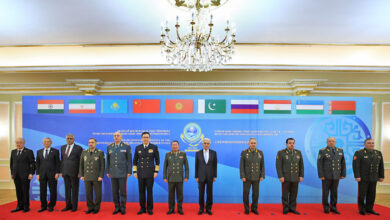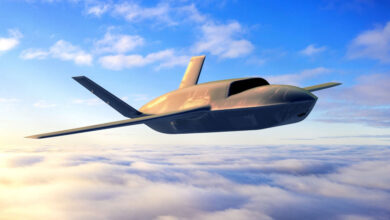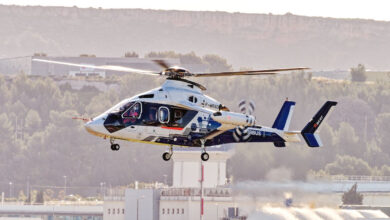The Future Outlook for Military Unmanned Aerial Vehicles
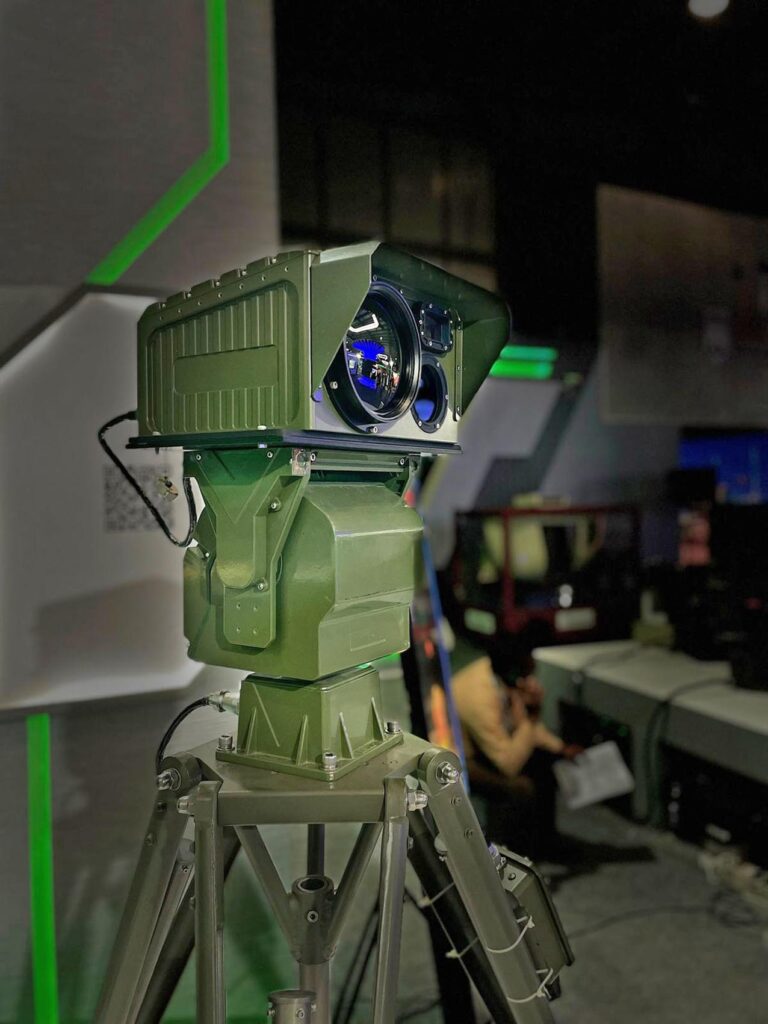
By Sandeep Shah
Mumbai. The progress made in Electro Optics Systems (EOS) and Military Unmanned Aerial Vehicles (MUAVs) has significantly affected contemporary warfare. The combination of these two technologies has enabled military forces across the globe to acquire unprecedented capabilities in terms of situational awareness, surveillance, target acquisition, and reconnaissance. As technology continues to evolve, it is anticipated that MUAVs and EOS will offer even greater advantages to military operations in the future. This article delves into the future prospects of MUAVs and EOS and how their integration will bolster military capabilities.
Here are two key developments shaping the future of Electro-Optics Systems (EOS) in Military Unmanned Aerial Vehicles (MUAVs):
Miniaturisation of sensors
The miniaturisation of sensors is an important advancement for the future of unmanned aerial vehicles (UAVs) in the field of electro-optical systems (EOS). As sensors get smaller and more sophisticated, UAVs will be able to carry more sensors, leading to better situational awareness and reconnaissance capabilities. Additionally, the reduced size of sensors will enable UAVs to operate in smaller and more challenging environments, providing access to critical intelligence in areas that were previously inaccessible.
Increased use of artificial intelligence (AI)
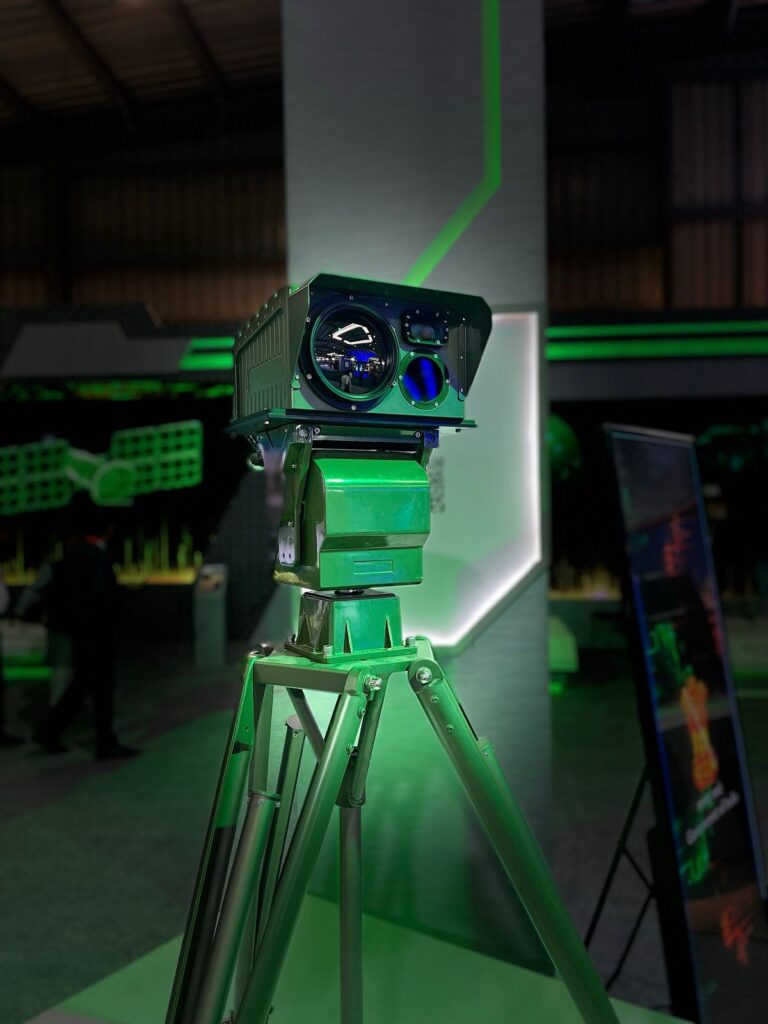
Another important aspect of the development of MUAVs and EOS in the future is the expanding usage of artificial intelligence (AI). MUAVs will be able to swiftly digest massive volumes of data thanks to AI, giving them situational awareness and decision-making abilities in real-time. MUAVs will be able to function independently thanks to AI, which will cut down on the need for human intervention and speed up reaction times.
Presently, one of the limitations of current UAVs is that they typically carry cameras as a payload, but they do not use the full edge analytics capabilities of these payloads, nor do they have AI-enabled payloads. While cameras offer valuable visual data, they do not provide the same level of real-time analysis and decision-making capabilities as advanced EOS sensors and AI technologies. It is expected that things will change in the future as more advanced payloads that include AI and edge analytics capabilities are developed.
The future of Military Unmanned Aerial Vehicles (MUAVs) with Electro Optics Systems (EOS) is promising, with many developments expected to enhance military operations. Here are some of the most significant developments that are expected to occur:
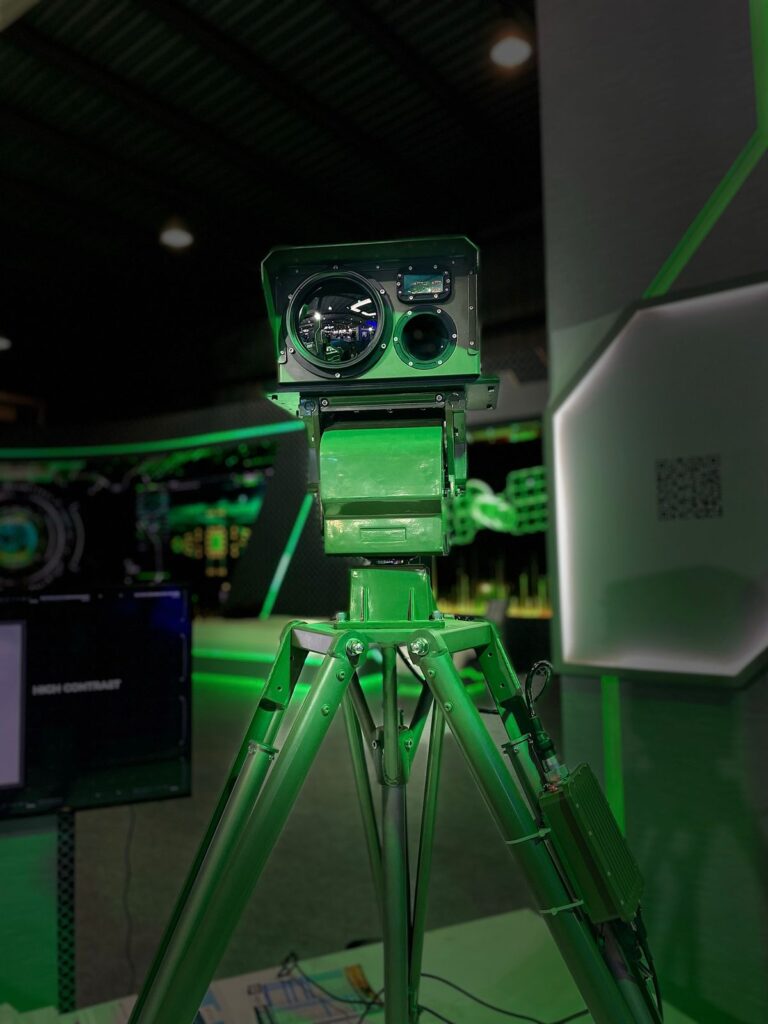
- Increased Autonomous Operation: MUAVs that are equipped with advanced electro-optical sensors and artificial intelligence (AI) capabilities will have the ability to function autonomously. This means that they can perform their missions without the need for human intervention, which can reduce response times and increase efficiency. For example, a MUAV equipped with advanced EOS sensors and AI could be used to conduct reconnaissance missions or search and rescue operations in remote or hazardous environments.
- Improved Stealth Capabilities: MUAVs will be more effective at carrying out covert operations since they can operate more covertly thanks to advanced EOS sensors.. With the ability to detect and track targets at long ranges, MUAVs equipped with advanced EOS sensors can approach a target without being detected, increasing their chances of success in carrying out their missions.
- Enhanced Swarming Capabilities: Swarms of MUAVs equipped with advanced EOS sensors will be able to work together, providing a coordinated response to a target or objective. The sensors can be used to detect and track multiple targets simultaneously, allowing the swarm to respond in a coordinated manner. This could be particularly useful in military operations where a swarm of MUAVs could be used to overwhelm enemy defences or disrupt their operations. Swarm technology can give armed troops a new degree of operational flexibility and tactical advantage, allowing them to operate in difficult terrain and carry out previously unthinkable operations.
- Increased Range and Endurance: As advancements in battery technology continue, it is expected that the flight time and range of MUAVs (Miniature Unmanned Aerial Vehicles) will increase. This improvement in technology will allow them to fly for long periods and cover greater distances, thus enhancing their surveillance and reconnaissance capabilities.
Furthermore, combining EOS (Electro-Optical Systems) with UAVs (Unmanned Aerial Vehicles) has the potential to bring about a significant transformation in the way military operations are conducted. This integration can offer unparalleled levels of situational awareness, surveillance, and target acquisition capabilities. However, current UAVs have limitations when it comes to utilising EOS and AI technologies. Nonetheless, ongoing advancements in these areas are anticipated to equip military forces worldwide with greater levels of autonomy, stealth, and swarming abilities. As the famous quote by Sun Tzu reminds us, “All warfare is based on deception,” and the incorporation of EOS and UAVs will continue to offer military forces exceptional opportunities for deception, misdirection, and surprise attacks.
Note: The autor is Co-Founder and Managing Director of Optimized Electrotech, a company developing strategic and surveillance applications.



